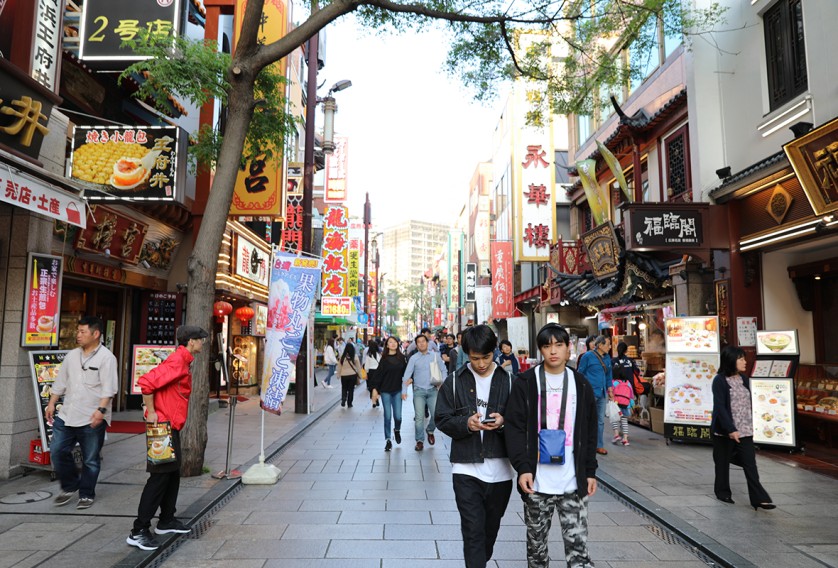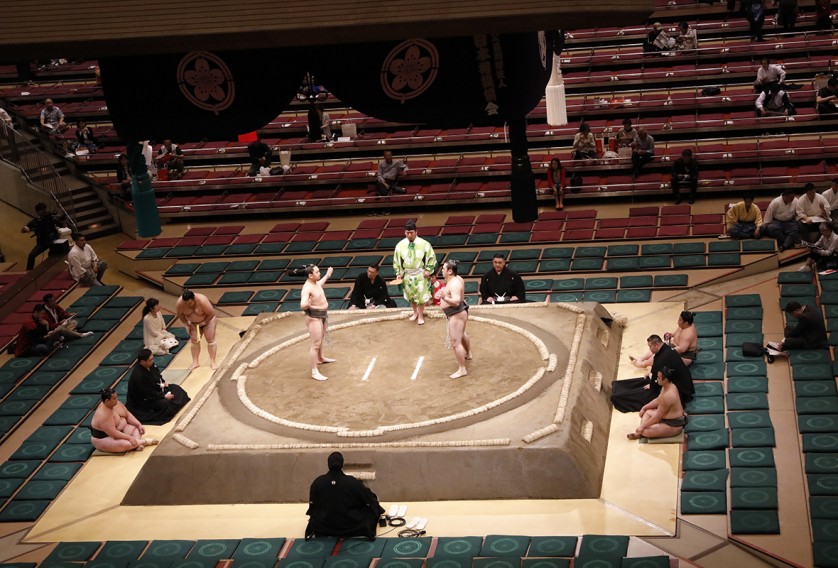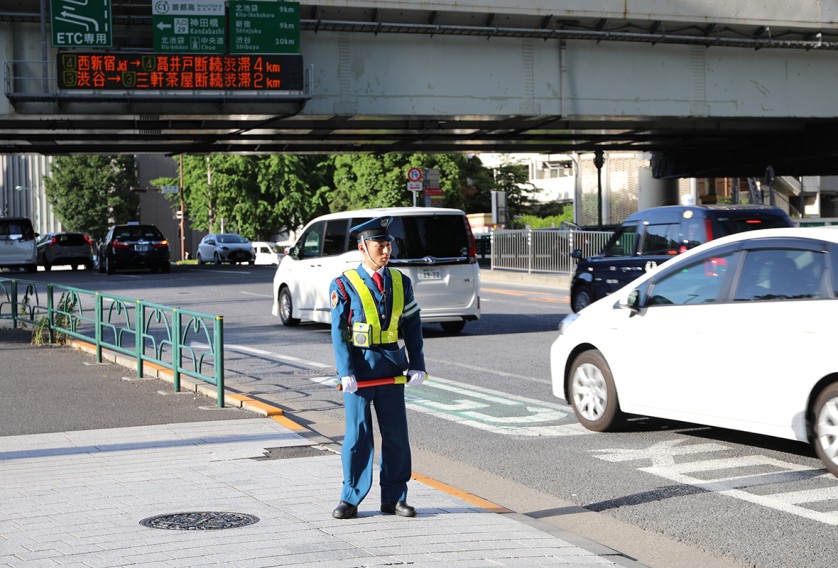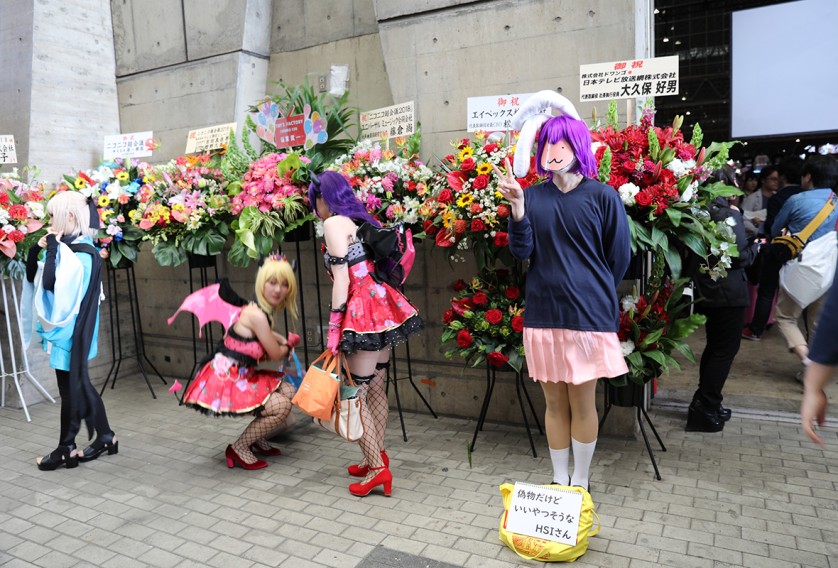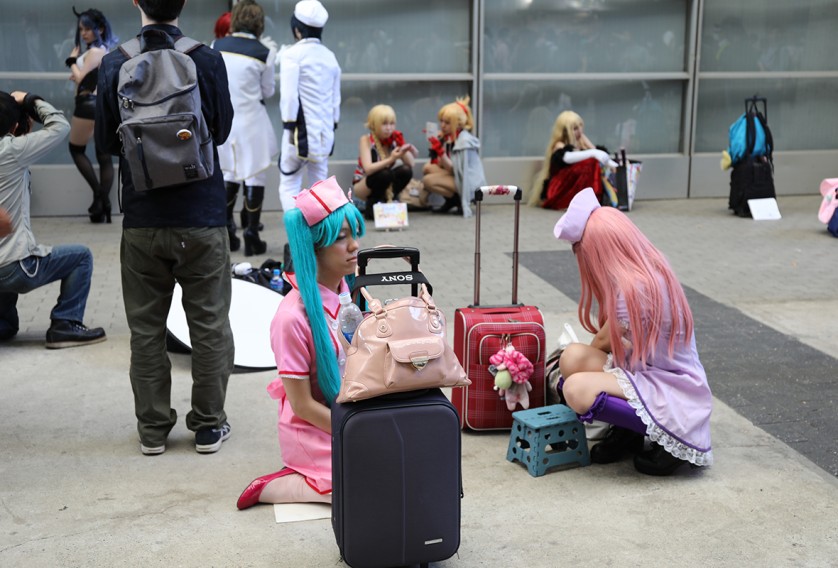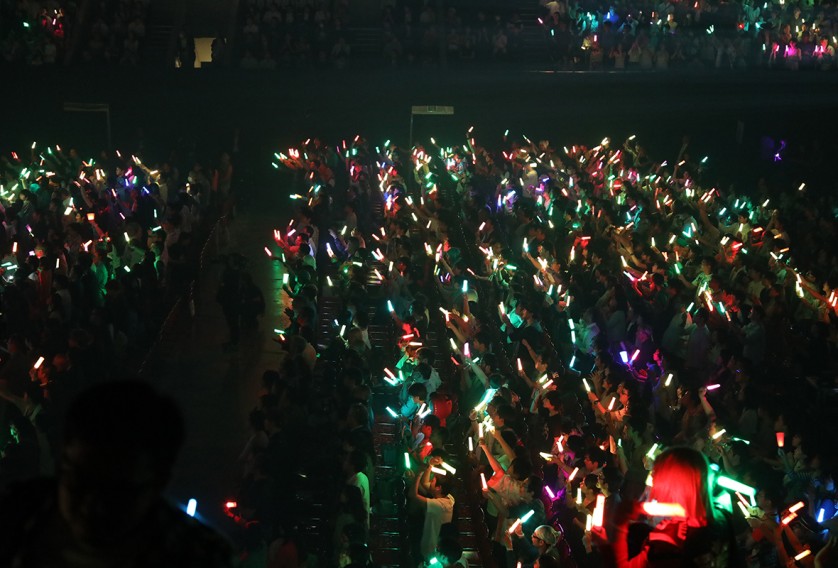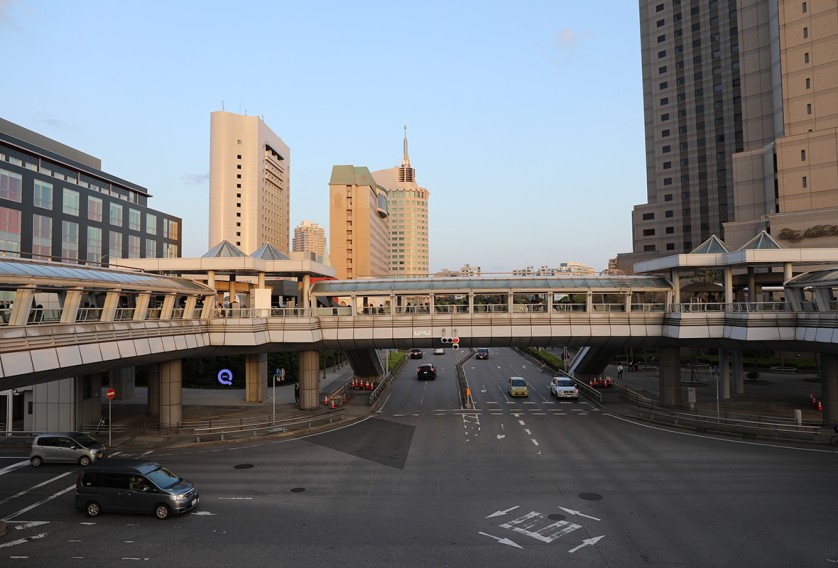Fanni Futterknecht
My time in Tokyo was one of the most beautiful stays abroad in a long time.
At the beginning, it was not always easy as the cultural differences and the language barrier sometimes were challenges, especially if you live off the beaten track as I did in the Arakawa district and if you arrive in winter. The house is a traditional Japanese building, very spacious and quiet, and well-suited for focused work, but it is poorly insulated and not the cosiest of places during the winter months. On the other hand, you can enjoy the balcony from spring on.
Over time and thanks to the incredible helpfulness and patience of the Japanese, you settle in quickly and find out many things. The people always welcomed me very warmly everywhere; that was really a very special experience since the Japanese can also be very shy and reserved.
There is an awful lot to see, to do and to experience in Tokyo so that, in fact, you can only get a first impression in three months. For me personally, it is clear that I absolutely have to come back as soon as possible.
The Japanese art scene is highly diverse, there are many different events, but little critical art. I went to see contemporary art, but also was to the theatre quite often to learn more about traditional forms of theatre such as Noh and Kabuki.
In particular, I found Noh theatre and working with masks very exciting in relation to my work.
In my artistic work, I focused on the otaku scene in Tokyo. The modern usage of “otaku” meaning “fan” or “nerd” emerged in the early 1980s and refers to anime and science-fiction fans who spend much time on their passion.
As a result, I spent much time in places where otakus meet and can lose themselves in their anime world.
This opened up sometimes highly surreal worlds to me in which I was able to immerse and that fed my creativity.
Even though Greater Tokyo has a population of almost 38 million people and you should definitely not take the subway during the rush hour, I experienced Tokyo as a quiet city.
I spent much time in public space and tried to communicate as much as possible with artists there and to get to know them better. It was an unforgettable time, which is simply evident from all the special people I was able to meet during my stay.
| 1. | My stay in one word: |
| Sugoi (fantastic) | |
| 2. | Things I miss since I am no longer there: |
| The people I met, the friendliness and helpfulness of the Japanese, the good food and the atmosphere at the izakayas, the hidden places, the clean subways and not being molested, the futons on which you sleep so well, the Japanese bathtub that feels like a soup pot, the busy and frequently very drunk businessmen… | |
| 3. | Dos & Don'ts at this place?: |
| Engage with the local people, ask a lot of question and let others take you along, be open for unknown things, be curious, drift along, spend more time outside than inside the studio.Do not drink beer on the subway. | |
| 4. | Where you can buy great supplies: |
| Coffee, gluten-free products if you need them, warm homewear for the studio in winter. | |
| 5. | What you should definitely bring with you from home: |
| Very aesthetic approach to art, less critical art, good experimental music scene. | |
| 6. | On art at my residency place: |
| I had sushi for lunch at a restaurant or on the balcony almost every day. | |
| 7. | Around the studio – this is where I go shopping, drink a coffee and get the best lunch specials within walking distance: |
| Around the corner, there is a nice small bar that only accommodates five people. The owner used to study fashion in Paris and you can talk with him in French. It is always fun to be there and they have long hours. | |
| 8. | Where I like to spend the evening (dinner, drinks and best sound): |
| More support from the Cultural Forum for getting in contact with the scene in Tokyo. | |
| 9. | What I would have liked to know about the studio already at the start of my residency: |
| / |
Website resident: fannifutterknecht.com

